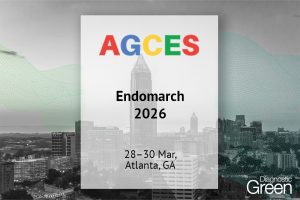Background: This study investigated the clinical application of the indocyanine green (ICG) fluorescence navigation technique in bile duct identification during laparoscopic common bile duct exploration (LCBDE) for complex hepatolithiasis. Eighty patients with complex hepatolithiasis were admitted to our department between January 2022 and June 2023 and randomly divided into control and observation groups. The control group underwent conventional LCBDE, while the observation group underwent LCBDE guided by ICG fluorescence.
Results: Intraoperatively, the observation group had shorter operation and search times for the common bile duct (CBD), as well as reduced intraoperative blood loss and fewer complications, such as conversion to laparotomy and various injuries (gastroduodenal, colon, pancreatic, and vascular) than the control group, with statistical significance (P < 0.05). Postoperatively, the observation group had lower rates of postoperative bile leakage, abdominal infection, postoperative hemorrhage, and residual stone than the control group. Additionally, the observation group demonstrated significantly shorter times for resuming flatus, removal of the abdominal drainage tube, and hospitalization than the control group, with statistical significance (P < 0.05).
Conclusion: ICG fluorescence navigation technology effectively visualizes the bile duct, improves its identification rate, shortens the operation time, prevents biliary tract injury, and reduces the occurrence of complications.




